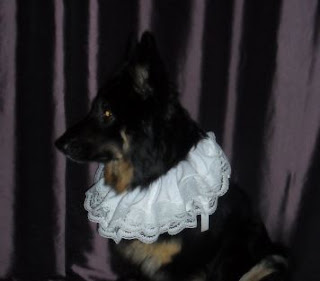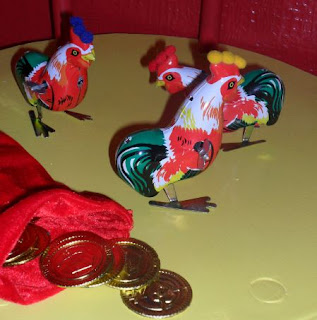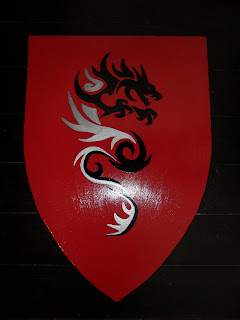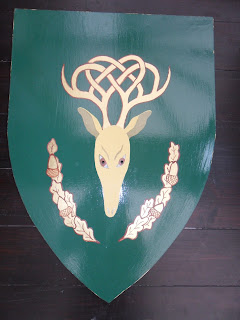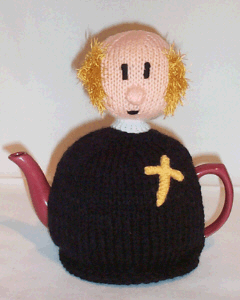 By Jason Hatch
By Jason HatchCake pops are one of the treats kids love! They prefer these sugary delights served up on their birthdays and even when their friends stop by for a sleepover. Cake pops are not just for kids either. People of all ages can enjoy them.
This type of cake is actually very trouble-free to create. It may be a little bit overwhelming, but once you get familiar with it you will surely have them on your table in no time. You just have to gather all the ingredients needed and voila! You will surely have instant dessert in no time!
If you want to make cake pops then you can easily find a number of recipes around the Internet that would assist you in preparing this delicious dessert. There are additionally tons of recipe books that you can obtain from online shops and bookstores. This delight will surely make your kids grateful and even those young at heart will definitely find this sugary delight enjoyable! So to give you a good start I will share with you several of the simplest recipes for this sugary delight.
Here are a couple of the recipes for cake pops.
Candy Melts Cake Pops
Here are the ingredients you need:
1 small package cake mix of your choosing, 1 can frosting of your preference, 1 bag candy melts or chocolate bark, sucker sticks and a Styrofoam block
Here are the instructions:
1. Bake one 13x9 cake according to its package and let it cool on the rack. Break up the cake after it is cooled and blend 1 can of frosting. Refrigerate the combination for 15 minutes.
2. Remove the creation from the fridge and shape them into bite-sized balls. Pop all the balls into the sucker sticks then set them all back in the fridge for fifteen minutes.
3. Dissolve your candy melts or chocolate bars whilst pops are in the fridge. Some prefer the candy melts because they typically come in assorted shades.
4. After fifteen minutes, take out the pops from the fridge. Immerse each of them on the melted candy melts or chocolate melts.
5. Place in the stick on the Styrofoam blocks and let them to harden there before you serve your pops.
Decorated Cake Pops
Here the ingredients you need:
1 box carton yellow cake mix, 1 can tin vanilla frosting, 1 bag paper bag candy melts or chocolate bark, sucker sticks, a Styrofoam block and some decorated bedecked candies and sprinkles
Here are the directions:
1. Prepare and bake one yellow 13x9 cake according to its carton and let it cool on the holder. Break up the yellow cake after it gets cooled and blend 1 can of vanilla frosting. Refrigerate the yellow cake combination for 15 minutes.
2. Remove the yellow cake combination from the fridge and form them into bite-sized balls. Place all the yellow cake balls into the sucker sticks then place the entire group back in the fridge for another fifteen minutes.
3. Dissolve your candy melts or chocolate bars while pops are cooling in the fridge. Some prefer the candy melts since they generally come in different flavors and shades.
4. After fifteen minutes, take out the chilled pops from the fridge. Immerse all of them on the melted candy melts or chocolate melts. Set a few decorations on it. You can make a feature on it if you want or some creature face also.
5. Place the stick on the Styrofoam block and allow them to harden there before you hand out your sweet pops.
These cake pops recipes will certainly be loved by kids and kids at heart!
Craved Cupcakes offers a variety of cake pops, cupcakes, and cookies to order online. Next time you need a sugar fix, think Craved Cupcakes.





